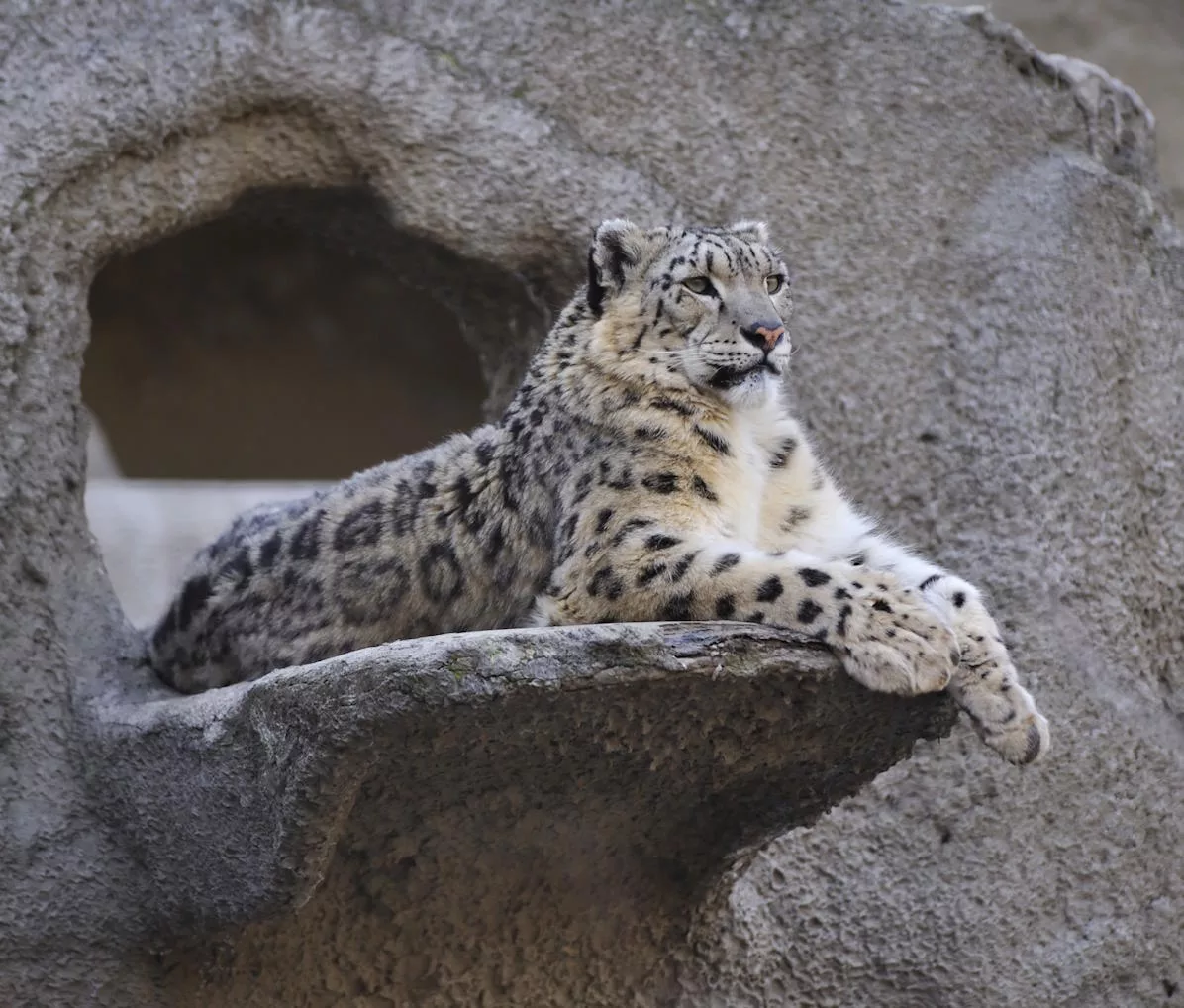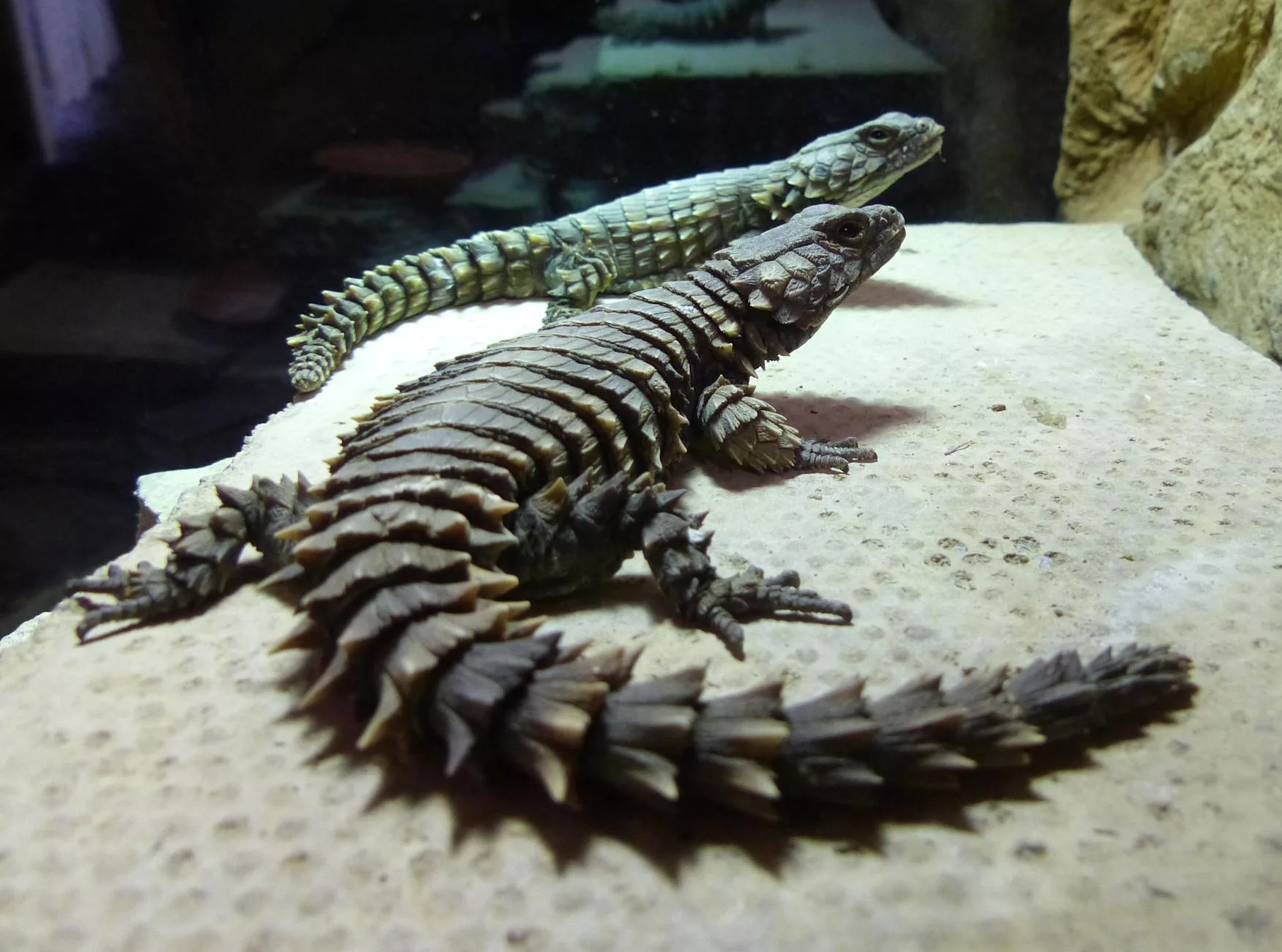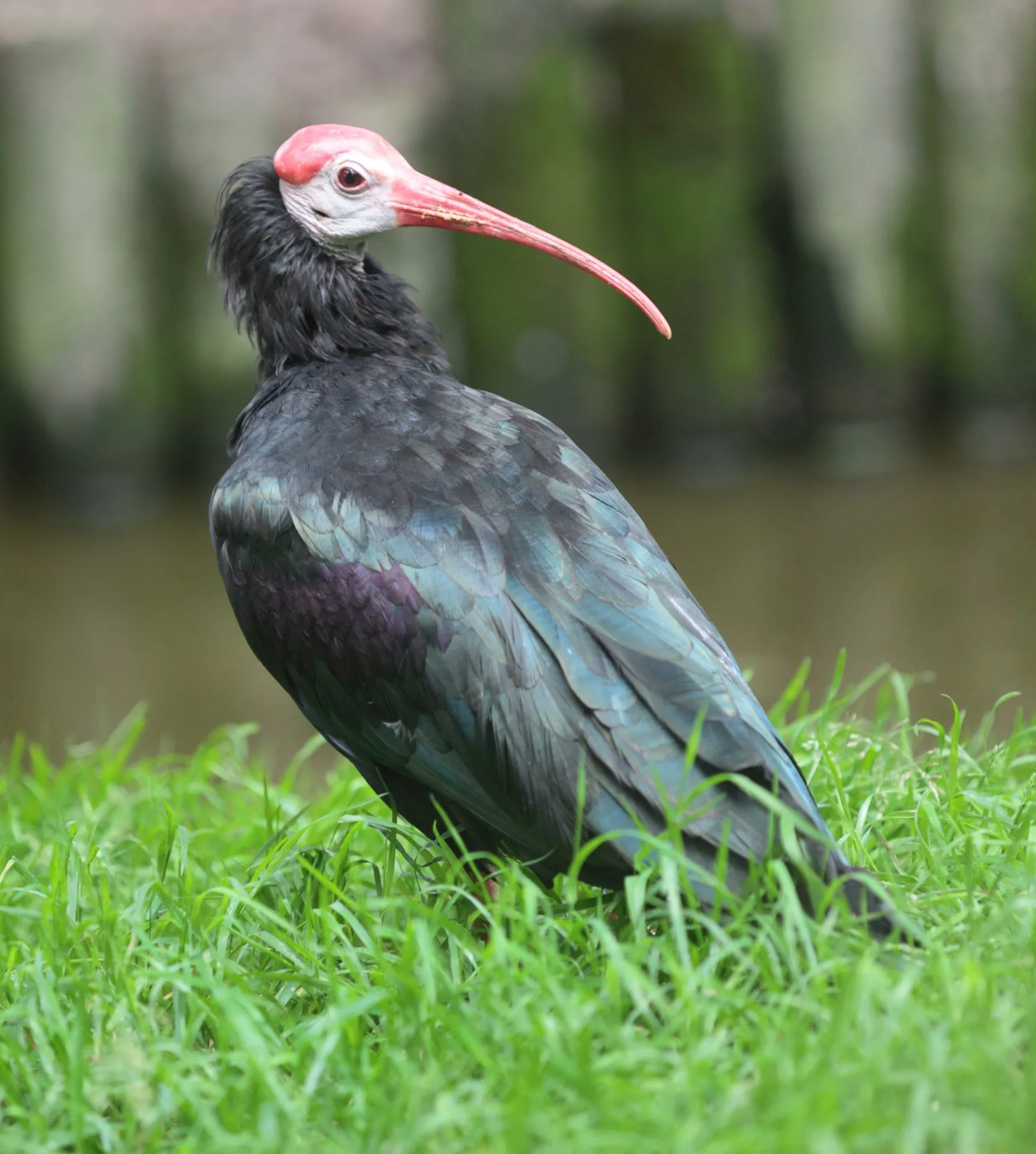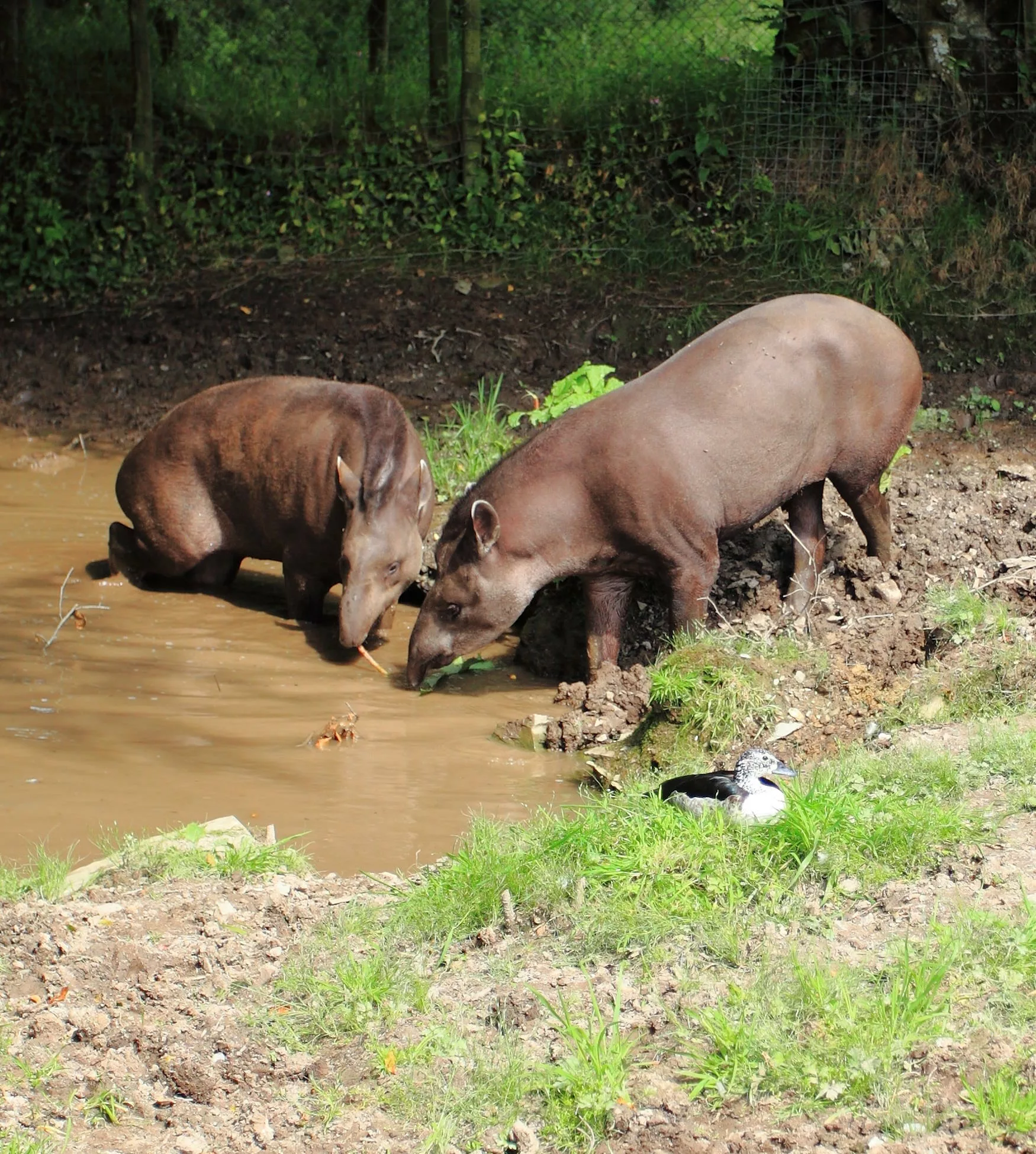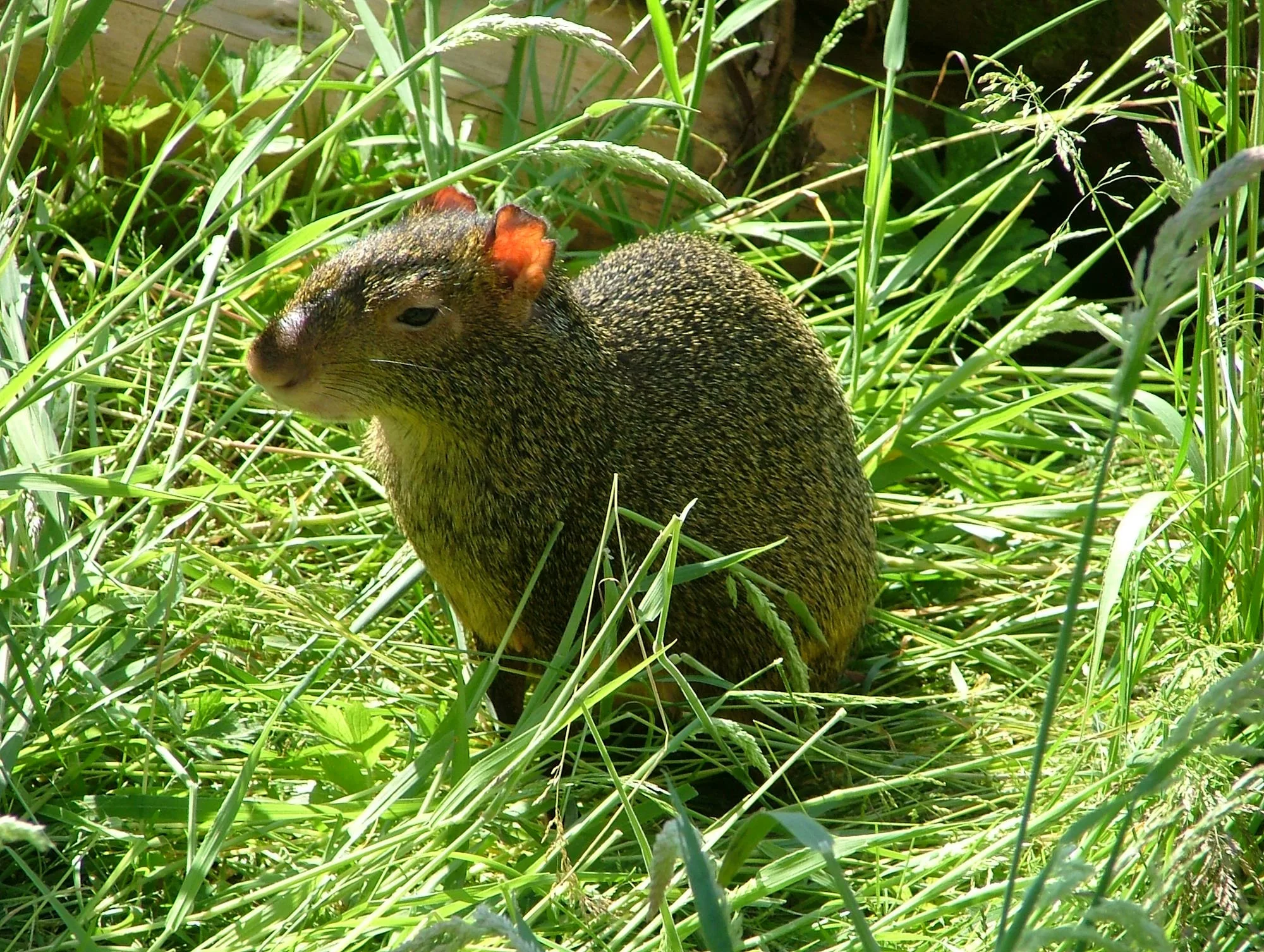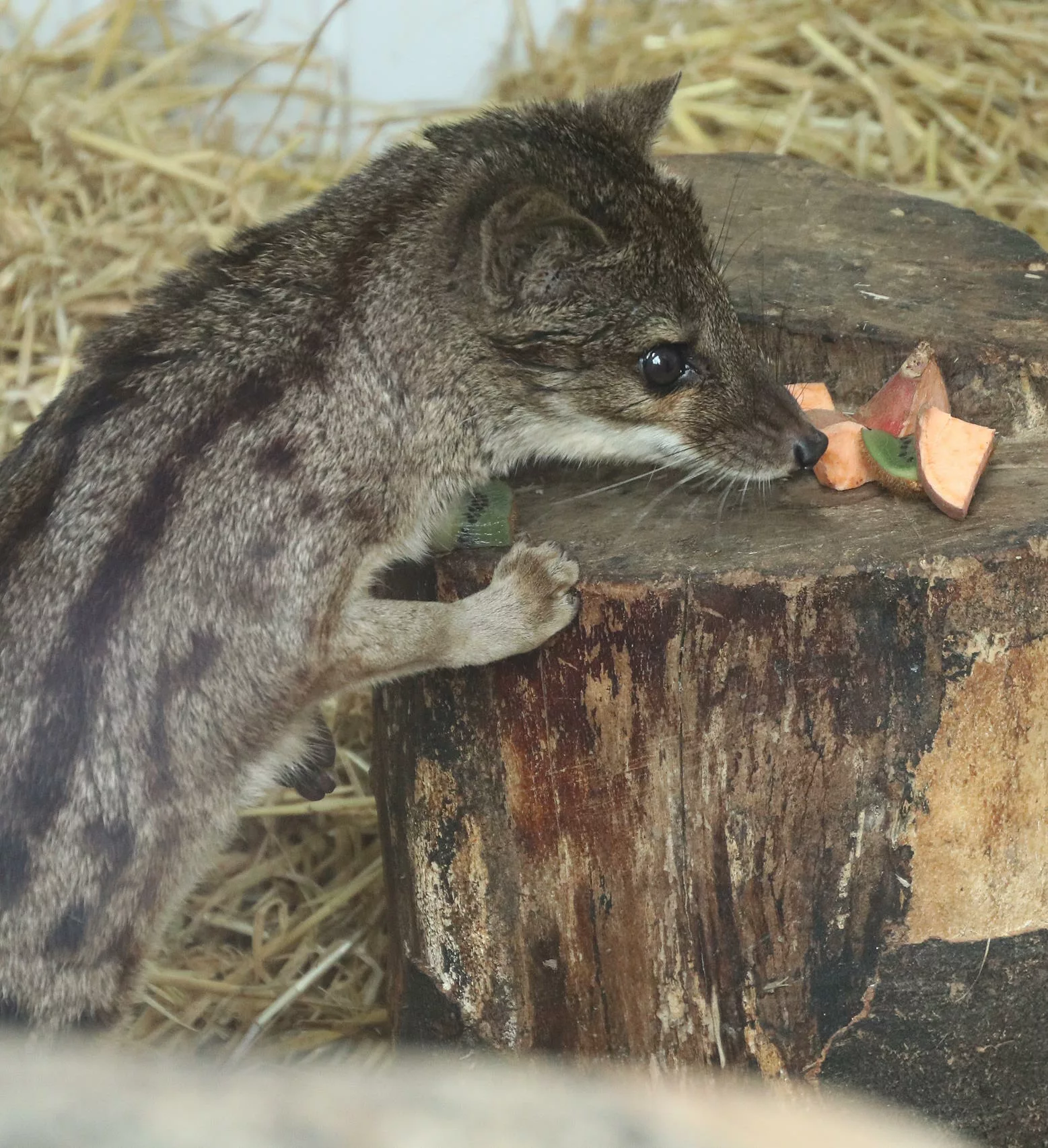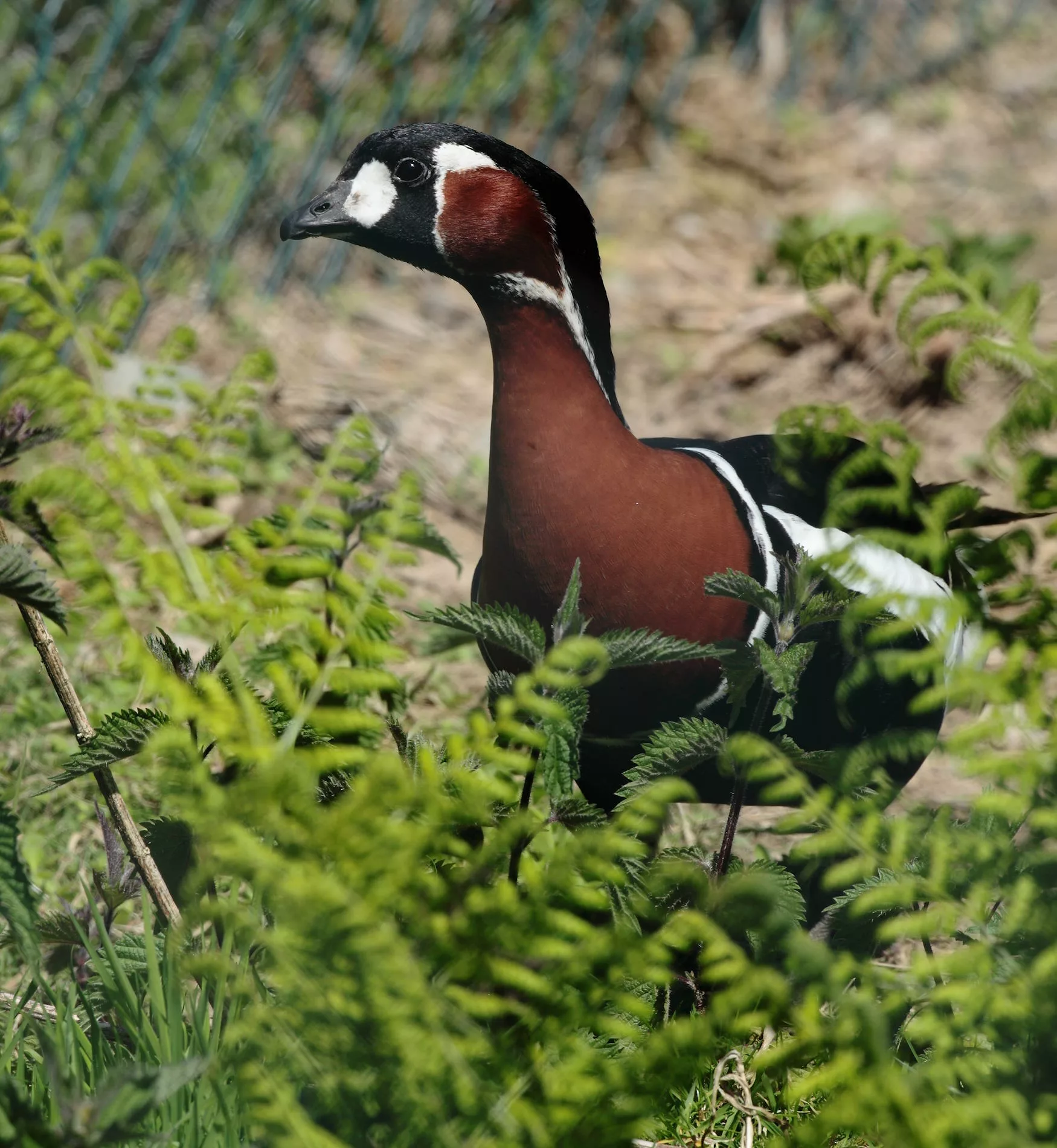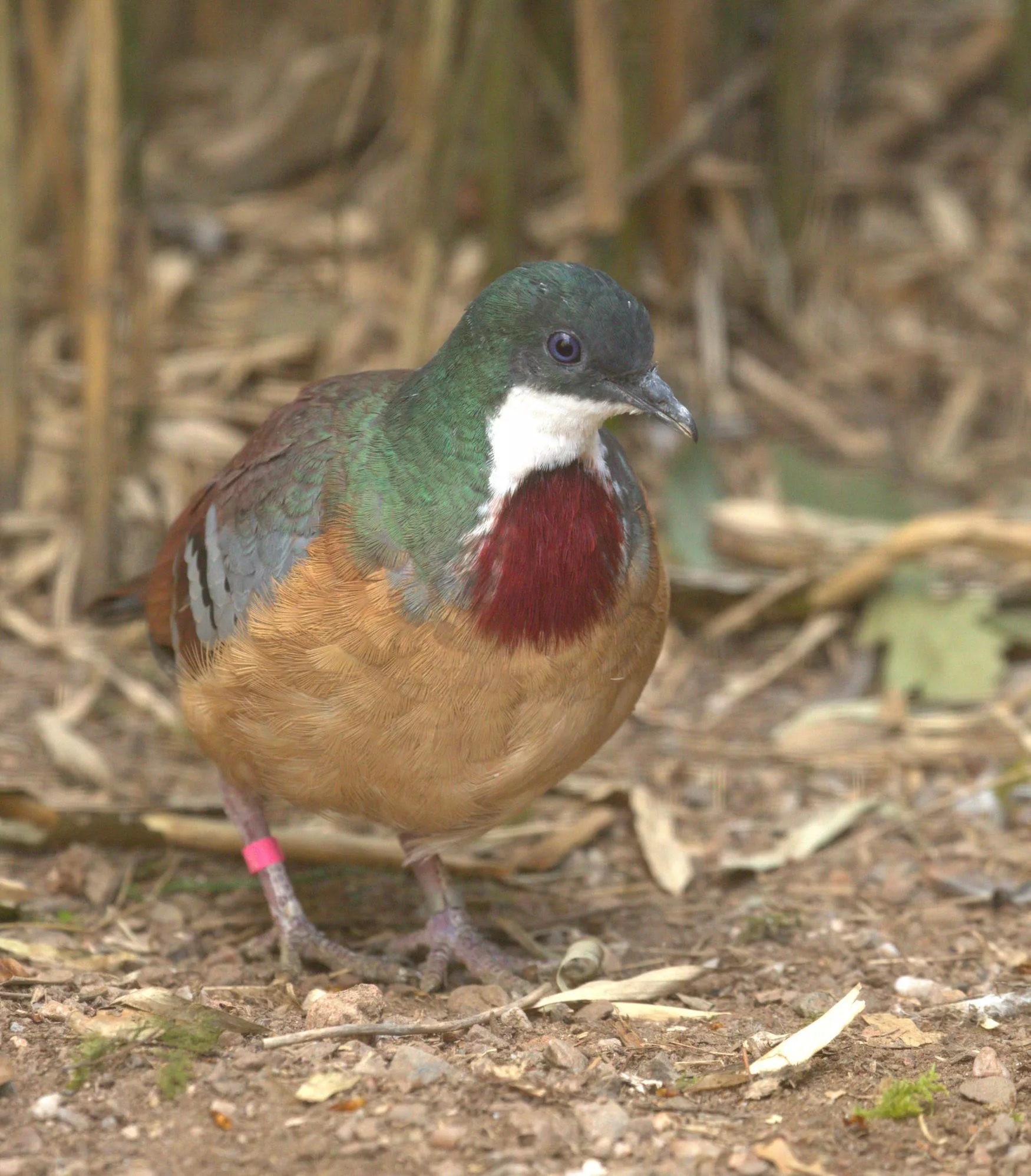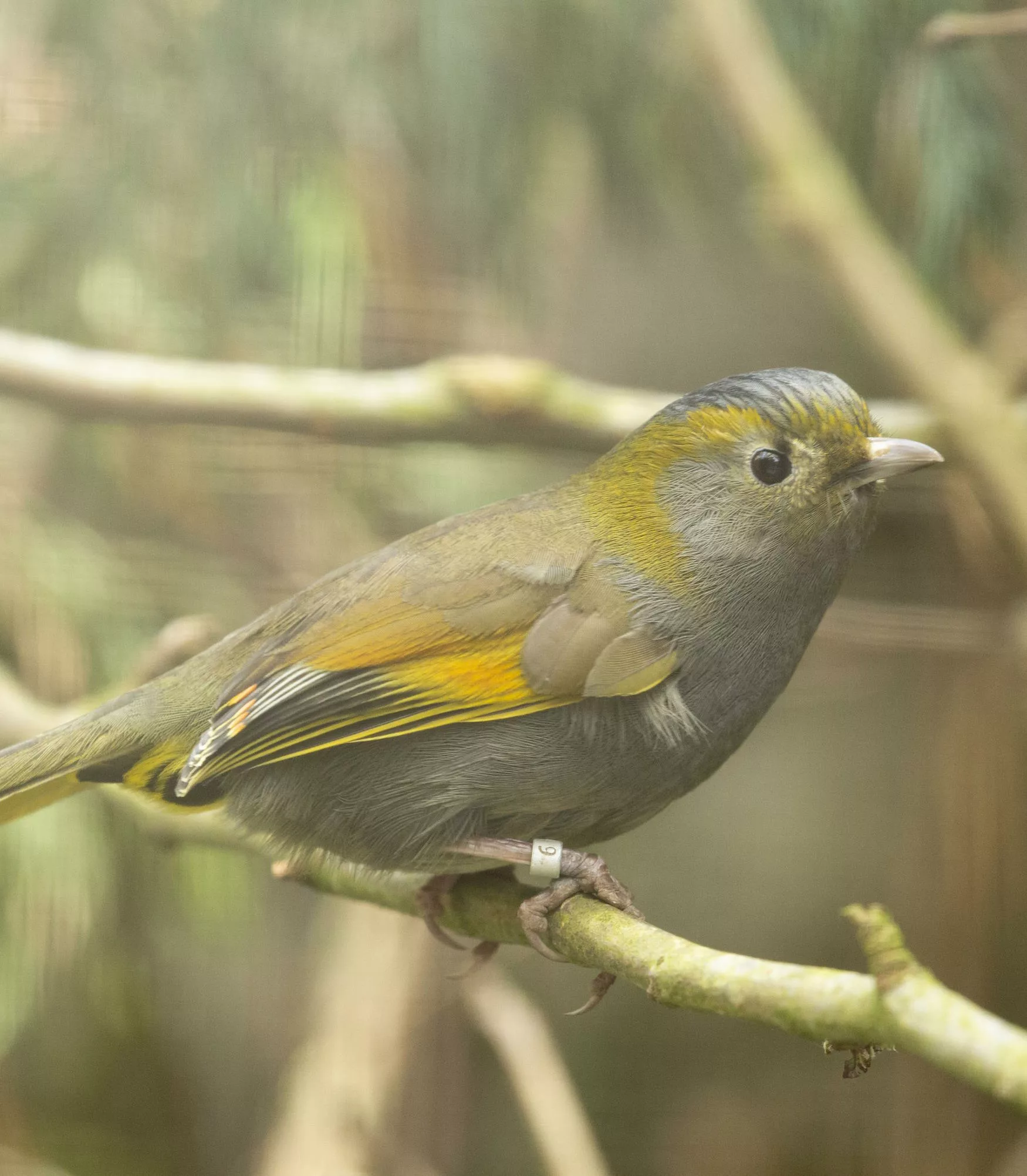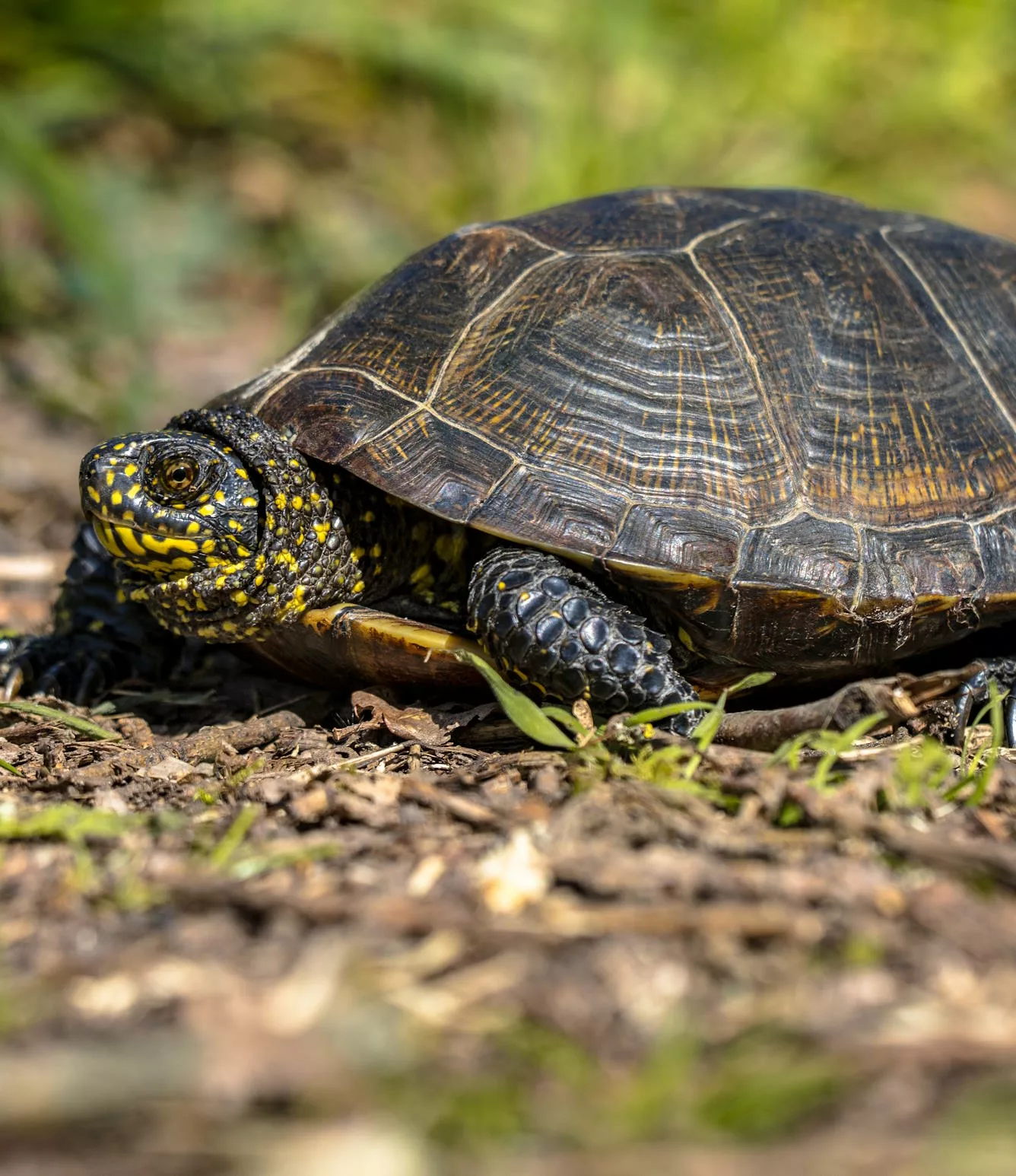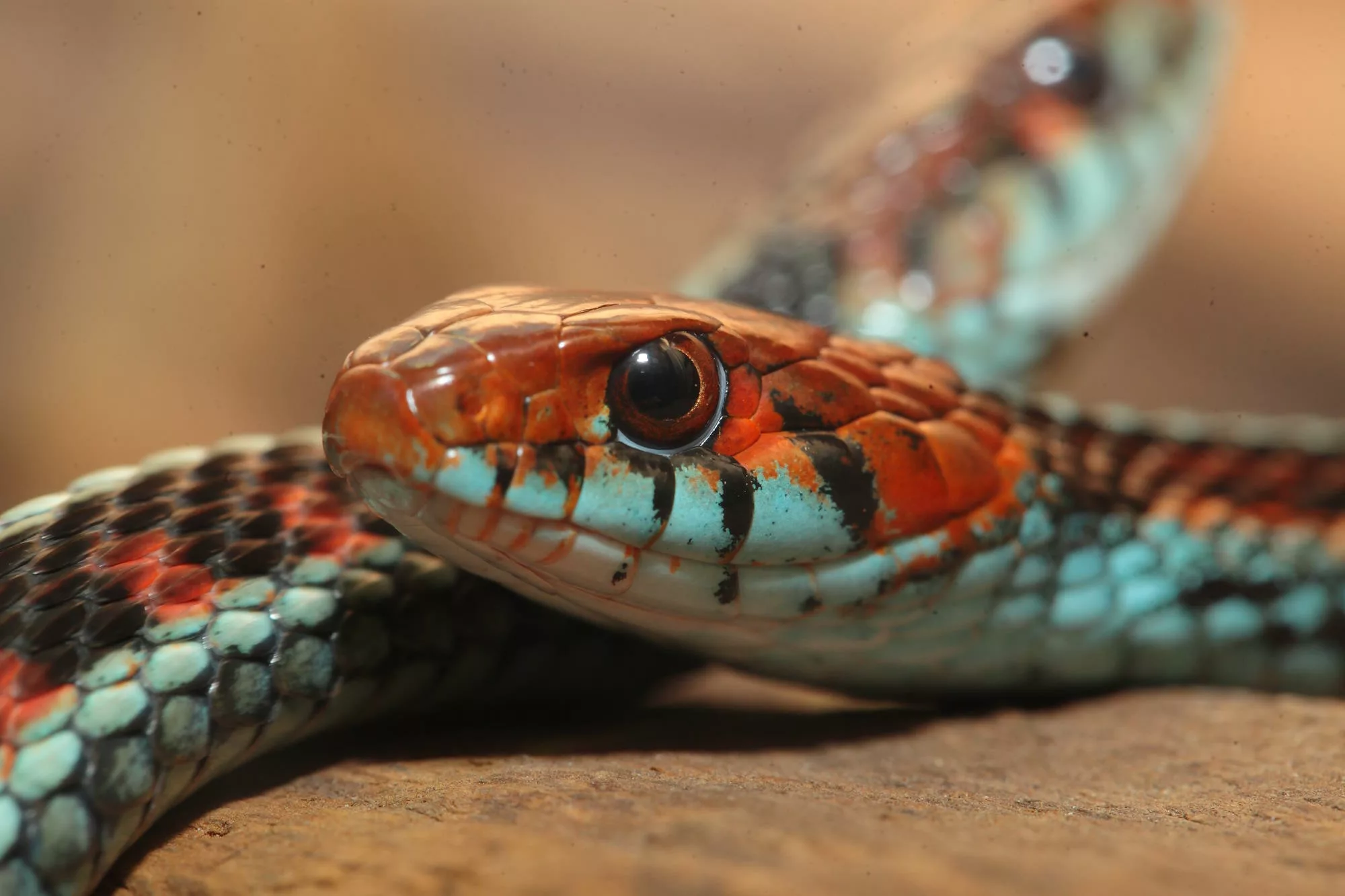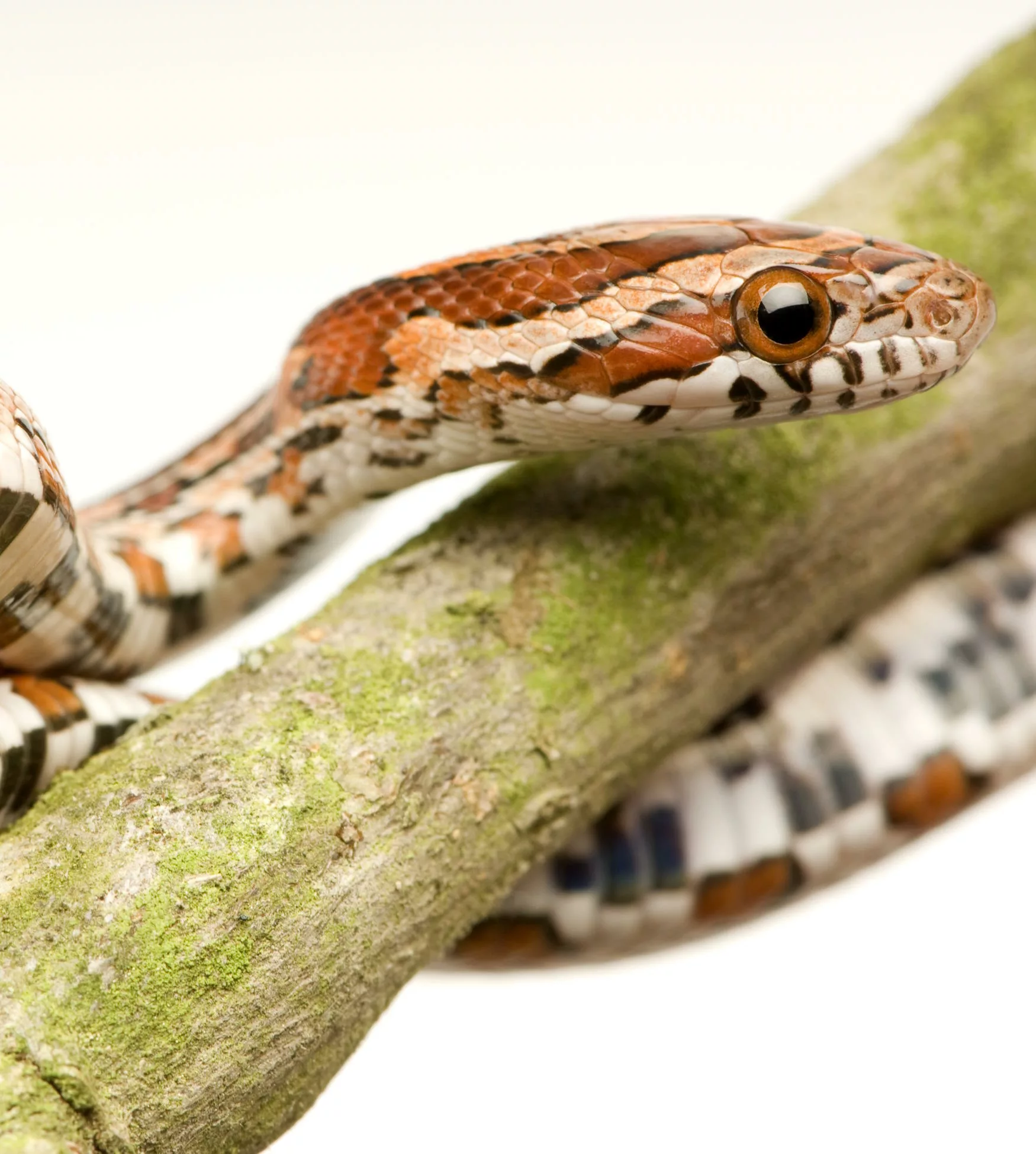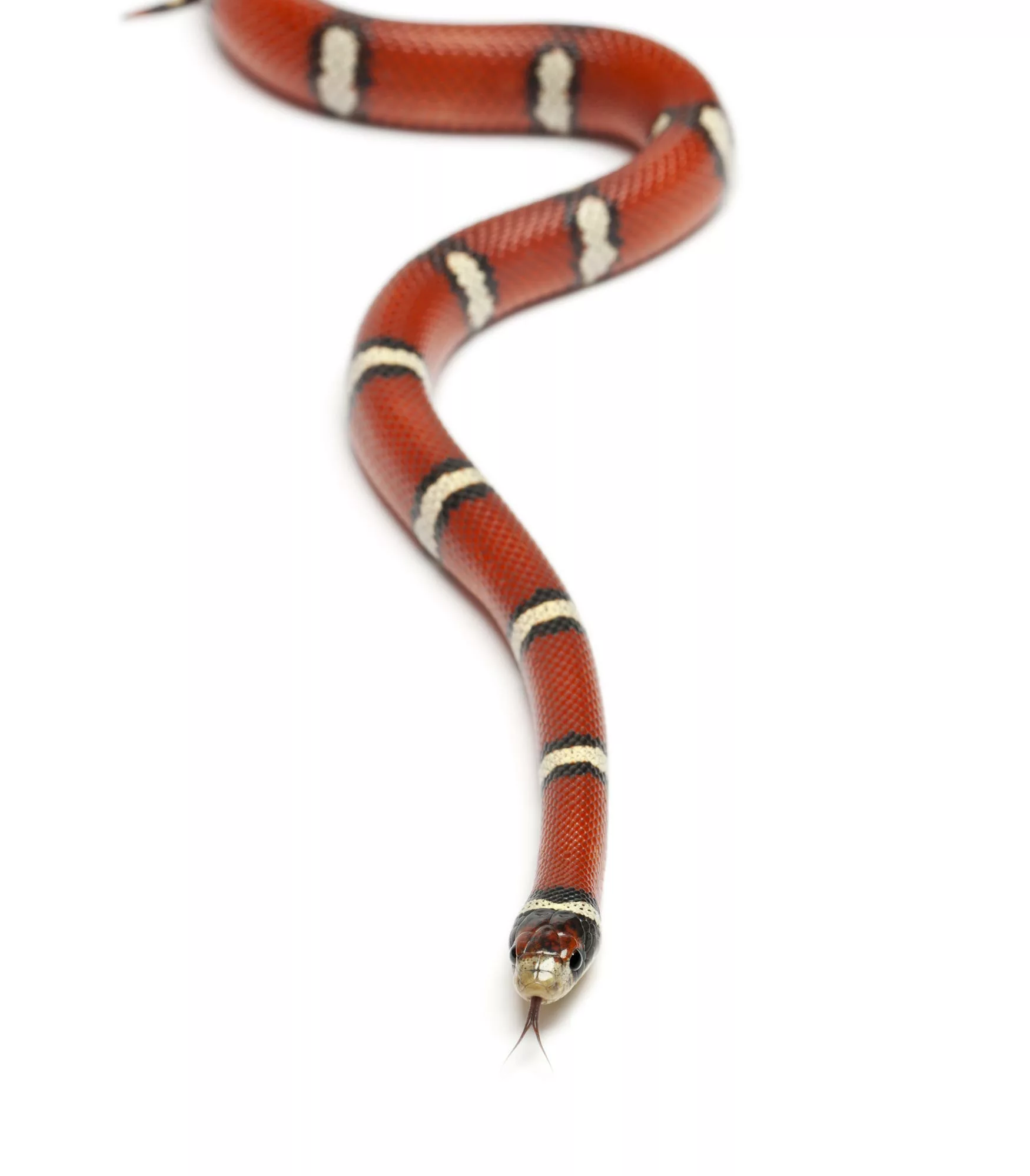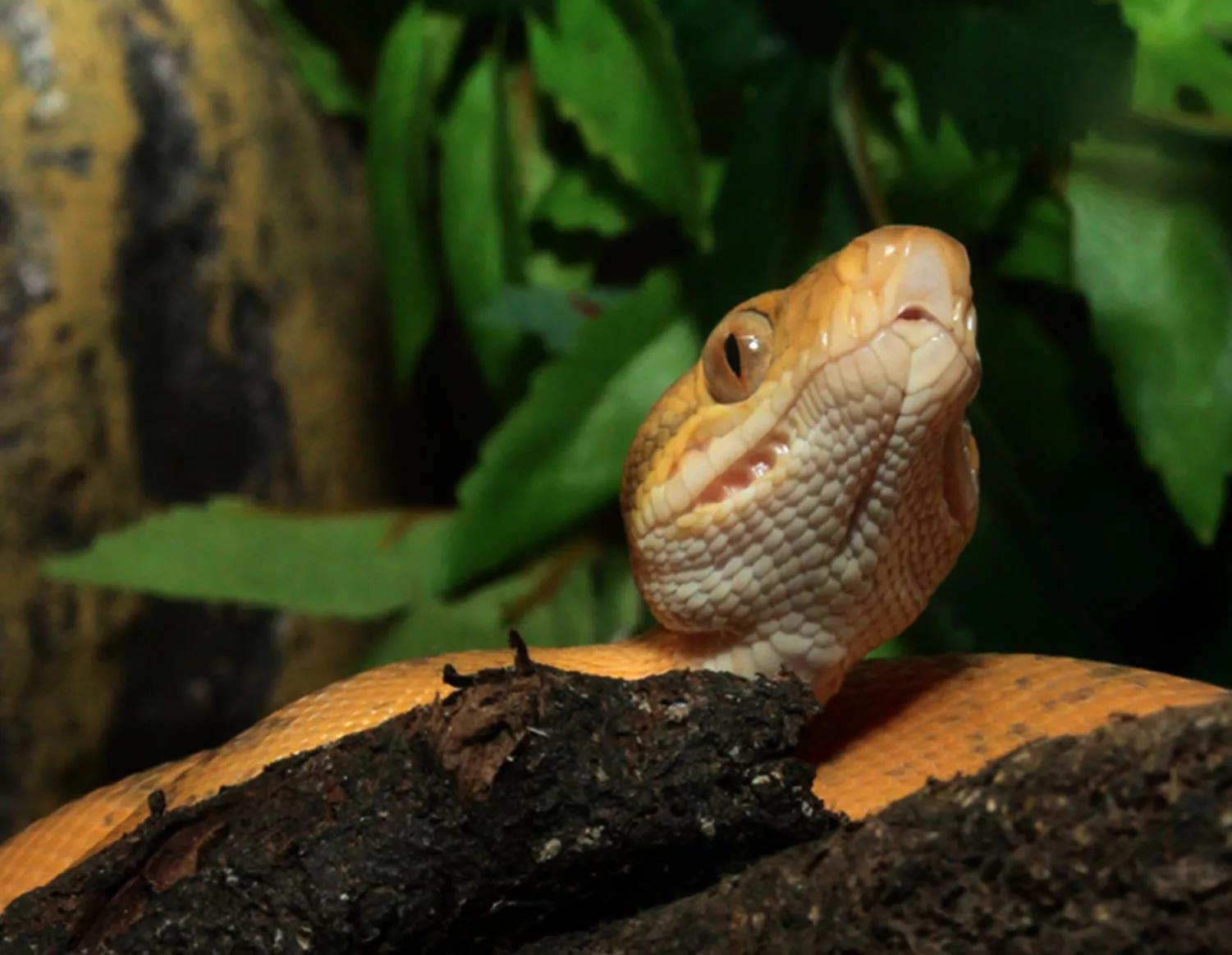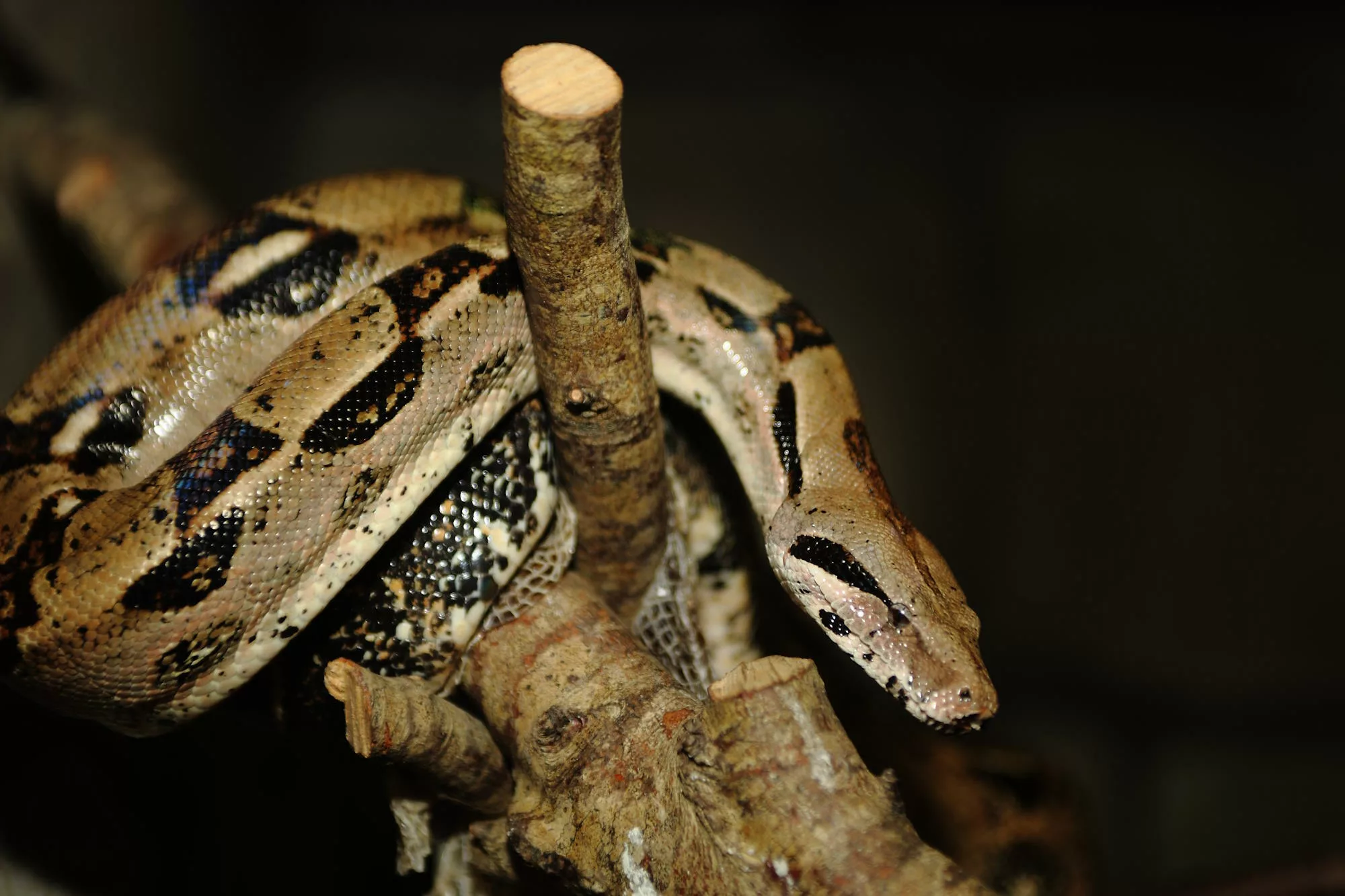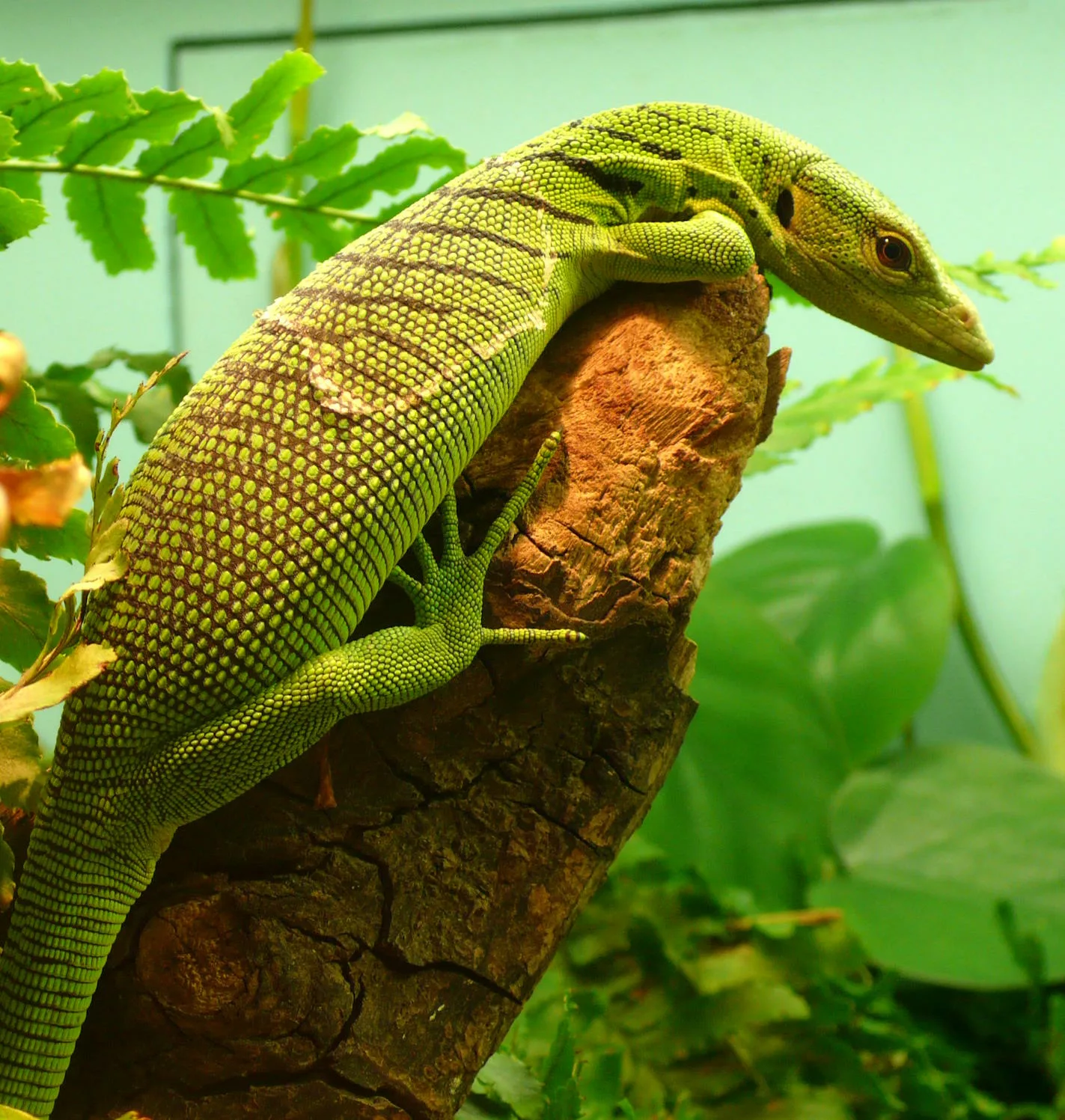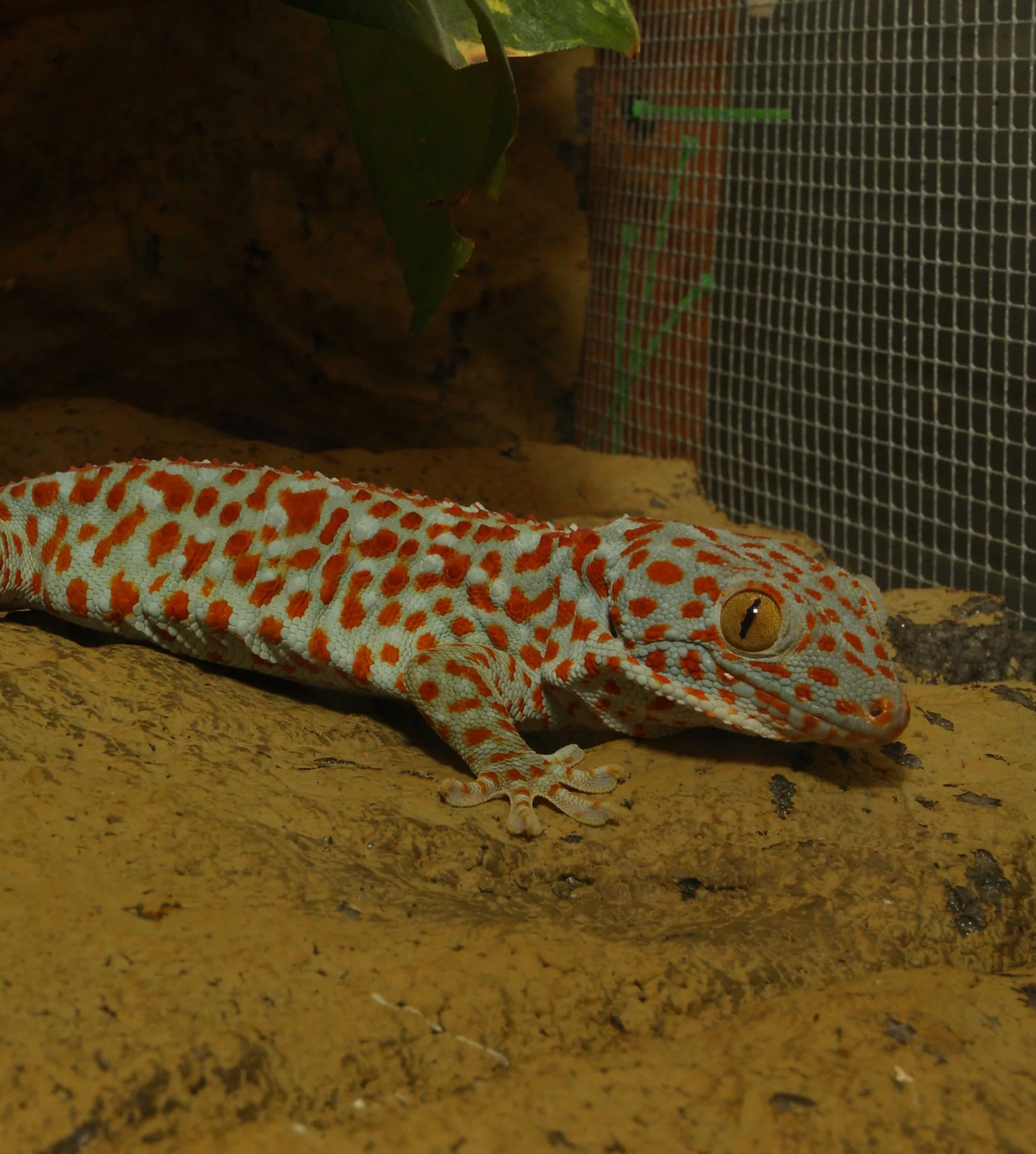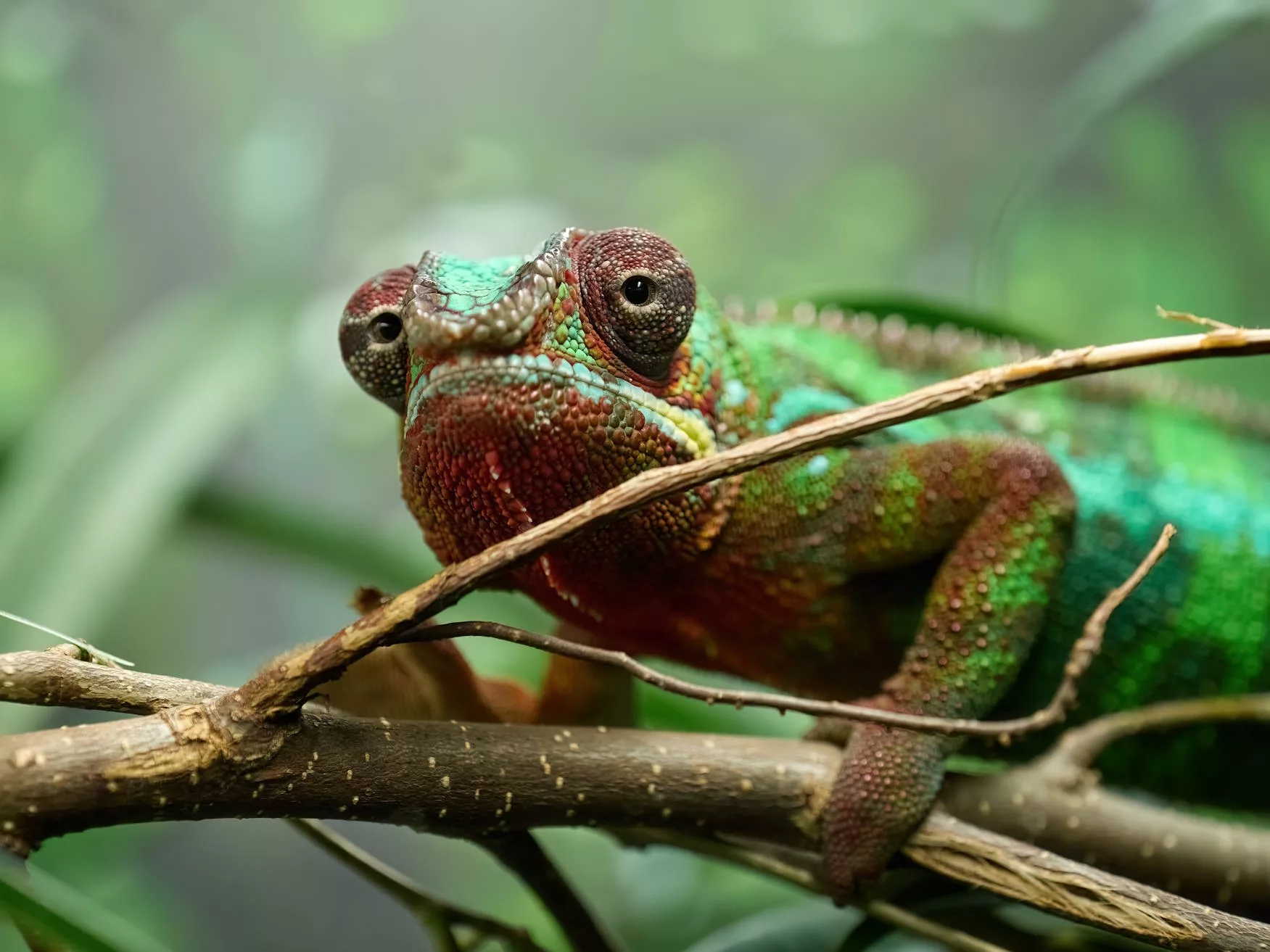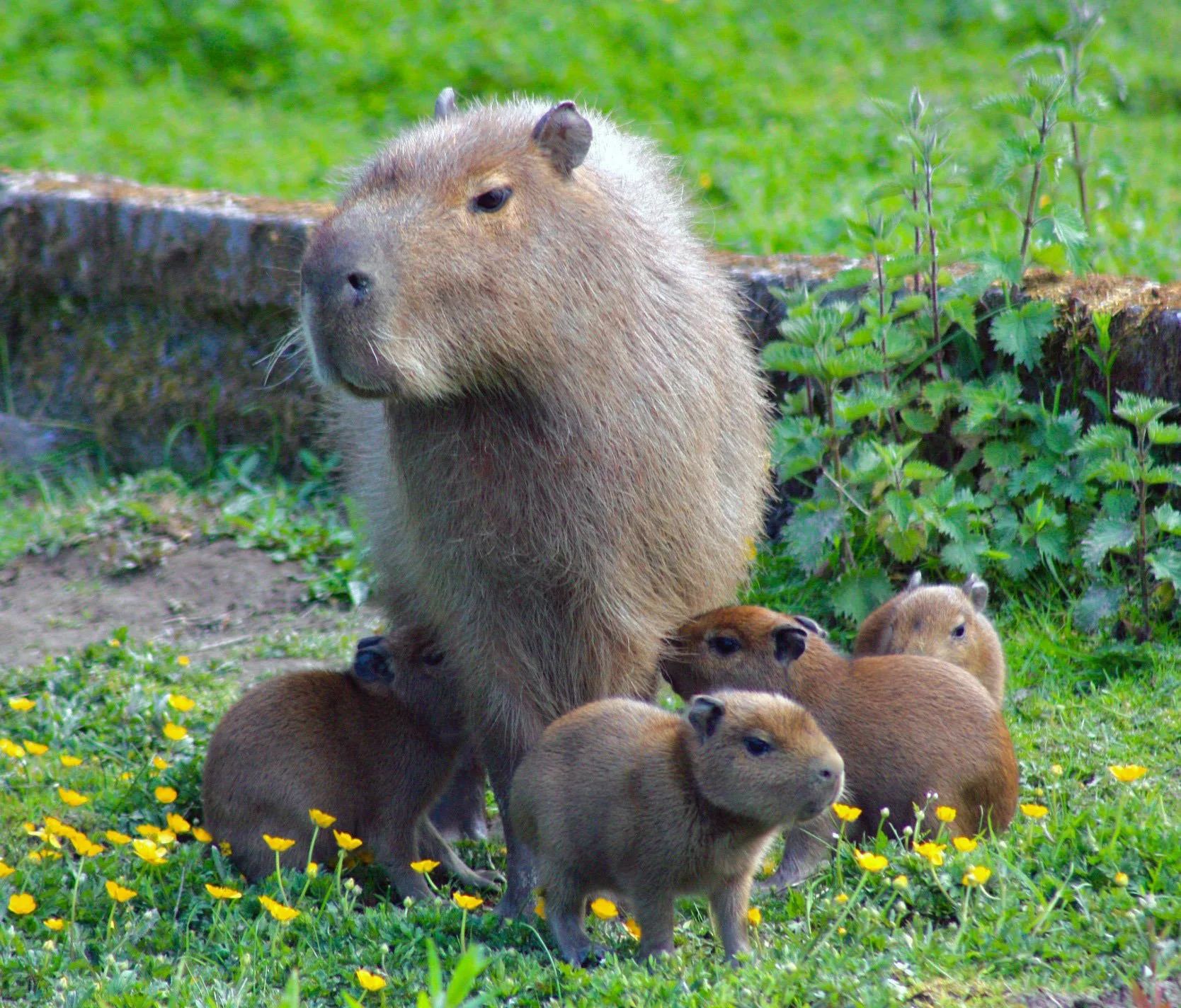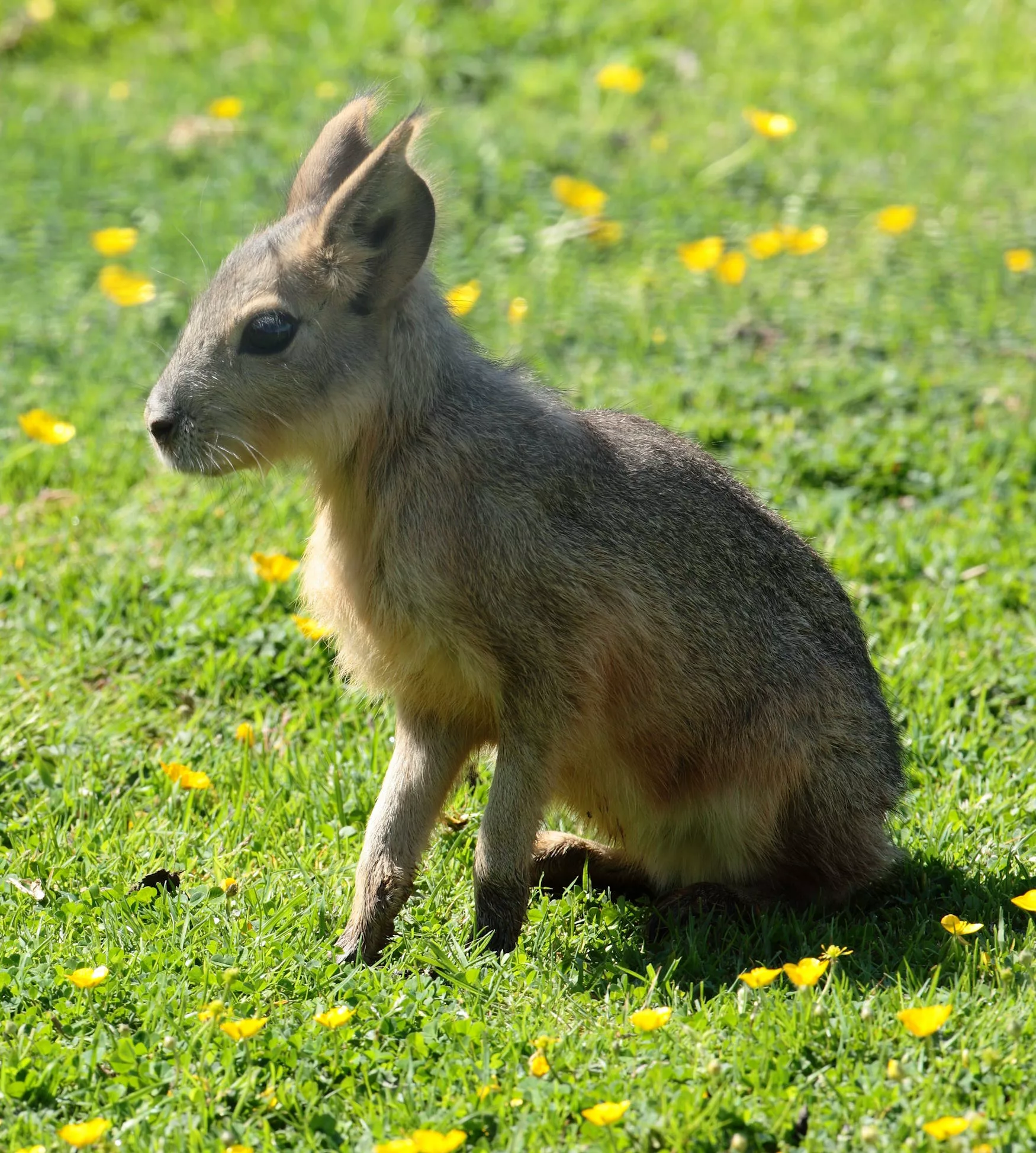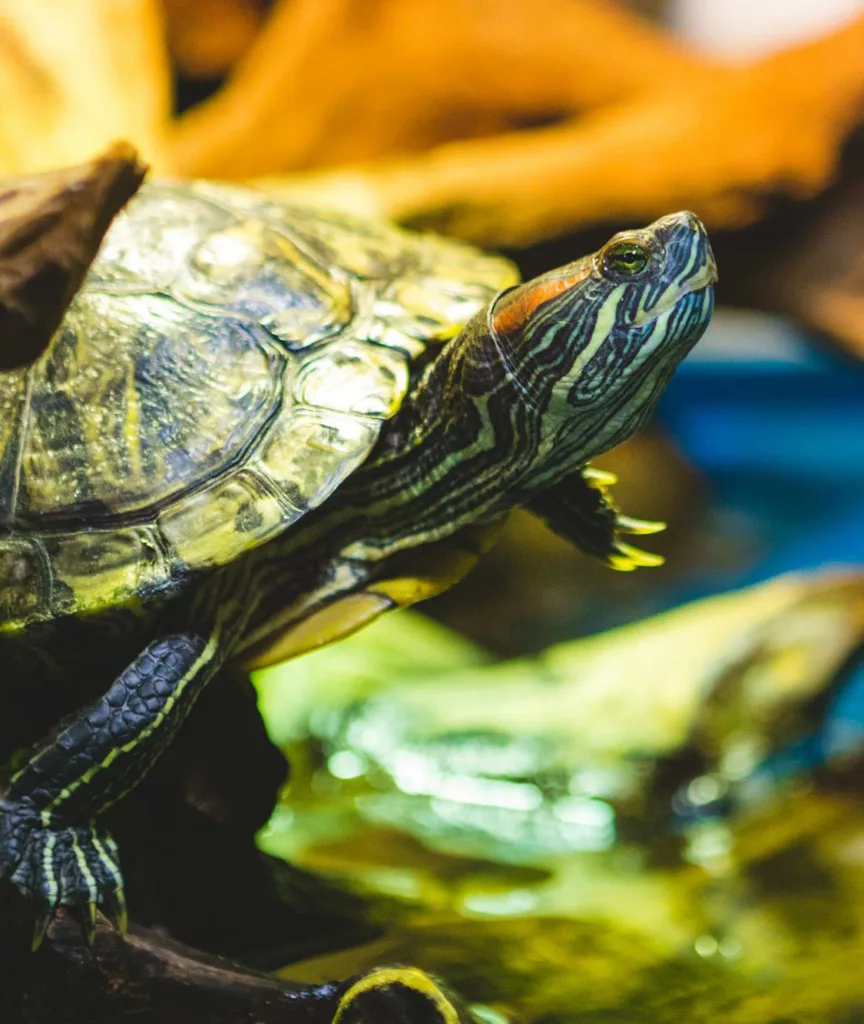
Common slider turtle
Scientific name: Trachemys scripta
IUCN listed as: Least Concern
Learn before you visit!
Here are some facts about the species – Discover what they eat, find out about their natural habitat, see what they like to do, and more… Set the reading style to suit you too, everyday speak or something aimed towards children.
Child-friendly
Everyday
Diet
Common Slider Turtles are omnivorous, which means they eat both plants and animals. Their diet includes aquatic plants, algae, small fish, insects, and crustaceans. They are opportunistic feeders, meaning they eat whatever is available in their habitat, whether it’s plants growing in the water or small animals swimming by.
Common Slider Turtles eat both plants and animals like plants in the water, small fish, bugs, and algae. They look for food in the water and on land, catching whatever they can find.
Breeding
During breeding season, female Common Slider Turtles lay their eggs in nests dug into sandy or loose soil near water bodies. Each clutch typically contains around 10-20 eggs, which hatch after an incubation period of approximately 60-90 days. The hatchlings are independent from birth and must immediately fend for themselves.
When it’s time to have babies, female Common Slider Turtles dig nests in loose dirt near water. They lay lots of eggs in one go, usually between 10 to 20 eggs. Baby turtles hatch after about 2-3 months and have to take care of themselves right away.
Habitat
Common Slider Turtles are native to freshwater habitats such as ponds, lakes, marshes, and slow-moving rivers across North America. They prefer areas with abundant aquatic vegetation and basking spots like logs or rocks. These turtles are well-adapted to temperate and subtropical climates and are often found in areas with sandy or muddy bottoms where they can burrow and lay eggs.
Common Slider Turtles live in freshwater places like ponds, lakes, marshes, and rivers across North America. They like places with lots of plants in the water and places to sit out of the water, like logs or rocks. They’re good at living in hot and not-so-hot places and can live in muddy or sandy places where they can make nests and lay eggs.
At the zoo
In zoos, Common Slider Turtles are housed in habitats that mimic their natural aquatic environments. These habitats include ponds or tanks with both land and water areas. Zoos ensure they have access to basking spots under heat lamps or natural sunlight. Their diet in captivity consists of a variety of greens, pellets, and occasional protein sources like fish or insects.
In zoos, Common Slider Turtles have homes that look like their natural water homes. They have places to swim and places to sit in the sun. Zoos give them food that’s good for them, like greens, special food pellets, and sometimes fish or bugs. People can watch them swim and sit in the sun at the zoo.
Behaviour
The name “slider” comes from their ability to quickly slide off rocks or logs into the water when they sense danger. They are diurnal creatures, meaning they are active during the day, spending much of their time basking in the sun to regulate their body temperature. Common Slider Turtles are social animals and may bask together in groups. They are also agile swimmers, using their webbed feet to navigate through water.
The Common Slider Turtle can slide off rocks or logs and quickly into the water when they think there’s trouble. They like to be awake and active during the day and spend a lot of time sitting in the sun to warm up their bodies. These turtles are friendly and like to hang out together, sometimes sitting in the sun in groups. They’re also good at swimming and use their webbed feet to move through the water.
Fun facts
- Shell Homes: The shell of a Common Slider Turtle is like their home, protecting them from predators like birds and raccoons.
- Long Lifespan: These turtles can live for over 30 years if they’re well looked after.
- Basking Buddies: They love to sunbathe and often pile up on top of each other while basking.
- Aquatic Agility: Common Sliders are excellent swimmers and can move quickly through water to catch prey or escape danger.
- Hibernation Helpers: In colder months, they hibernate underwater in mud or under logs until it warms up again.
- Shell Homes: A Common Slider Turtle’s shell is like their house, keeping them safe from animals that might want to eat them.
- Long Lifespan: These turtles can live for more than 30 years if they have everything they need to stay healthy.
- Sunbathing Buddies: They like to sit in the sun and sometimes climb on top of each other to get the best spot.
- Great Swimmers: Common Sliders are really good swimmers and can swim fast to catch food or get away from danger.
- Sleepy Turtles: In the winter, they hibernate underwater in mud or under logs until it gets warm again.
More animals to discover at our zoo
Quick Links
Tickets & Prices
You can buy tickets for Exmoor Zoo securely online, as well as finding out more price options, discover offers, and more…
What’s on…
Exmoor Zoo hosts incredible Events all through the year. You can find out about what we’ve got in store here…
Routes & info
Like any great discovery, Exmoor Zoo can feel a little off the beaten path – but don’t worry – you can plan your journey with our recommended routes and other useful travel info.
